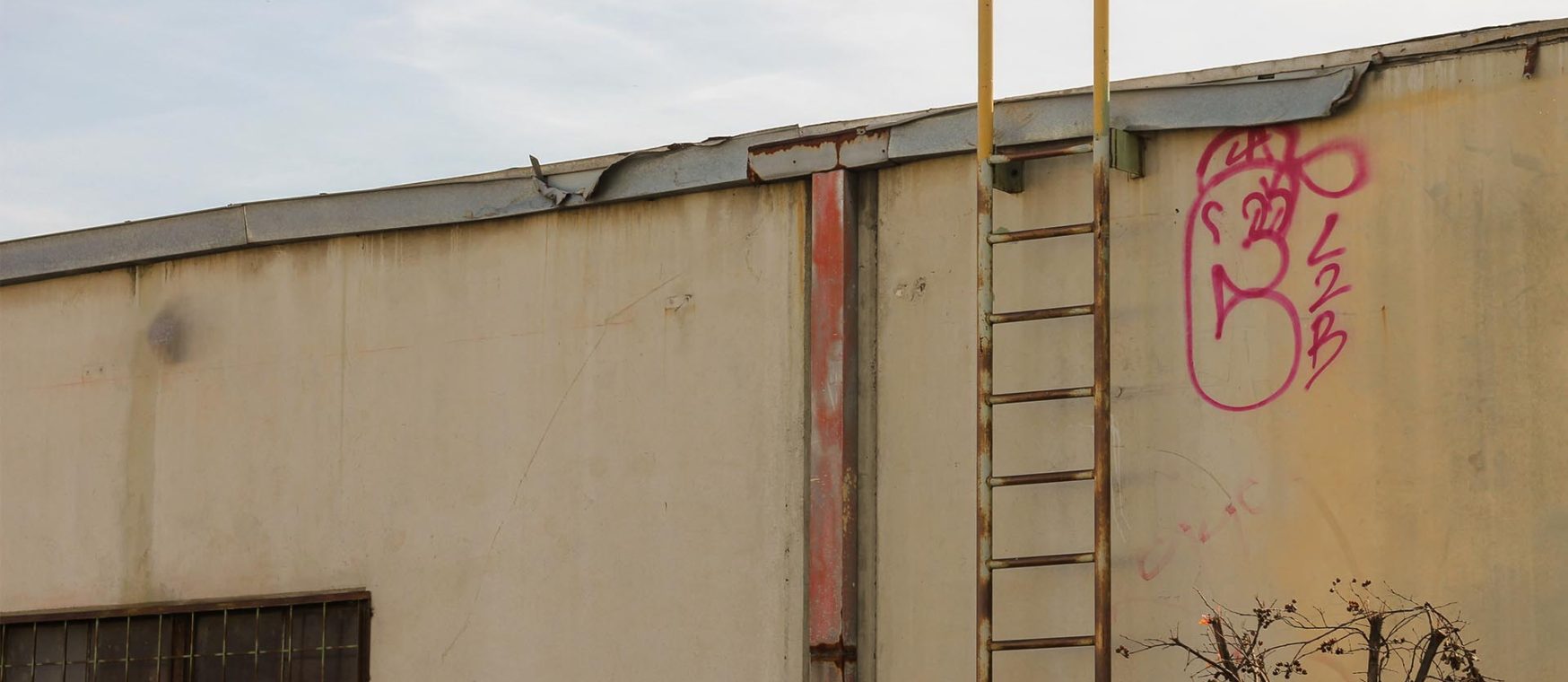Drive about 15 miles east of downtown Los Angeles and you’ll find El Monte: an unsuspecting seven-mile stretch of town that has played captain to San Gabriel Valley’s shifting cultural tides for decades. In the 1950s, El Monte was one of the only cities in the LA area to initially welcome Rock n’ Roll shows. This prompted Frank Zappa to write “Memories of El Monte” for The Penguins—an ode to those mythical nights at Legion Stadium. On a recent Saturday, we took that drive east to talk with Andre Quintero, the mayor who hopes cannabis will renew El Monte’s claim to fame as the “cultural beachhead” of the San Gabriel Valley.
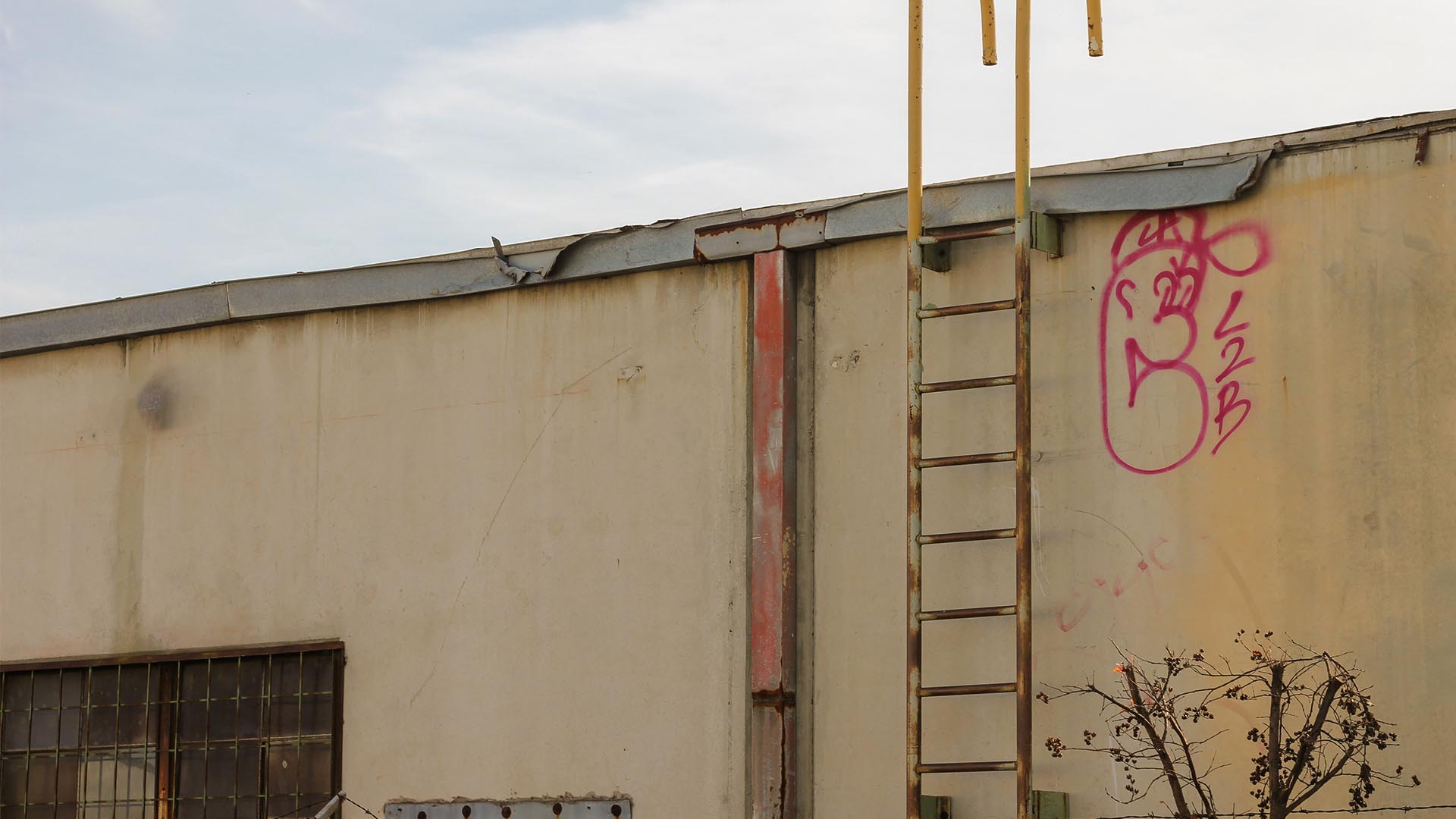
A city’s history, a city’s struggle
Like many cities in the country, El Monte is defined by its economic fluctuations. In the early 20th century, the core of their economy was made up of fruit orchards, walnut groves, hay and vegetable fields. When farm profits plummeted during the Great Depression, the community transformed from an agricultural haven into a sleepy residential town with a robust industrial sector. Expansive buildings housed big brand distribution centers or manufacturing facilities in place of those famed walnut groves.
Those industries came and went. Now, it’s a city comprised of hard-working families and first-generation immigrants. For a long period, El Monte received most of its tax revenue from the famous dealership “Longo Toyota,” the largest Toyota dealer in the U.S.A. Then, 2008 hit. The city lost 12 million in expected revenue from the Toyota dealership that year because “when people lose money, they don’t buy cars.” This economic hit made it clear that the city needed to diversify its industry profile if El Monte were to thrive again.
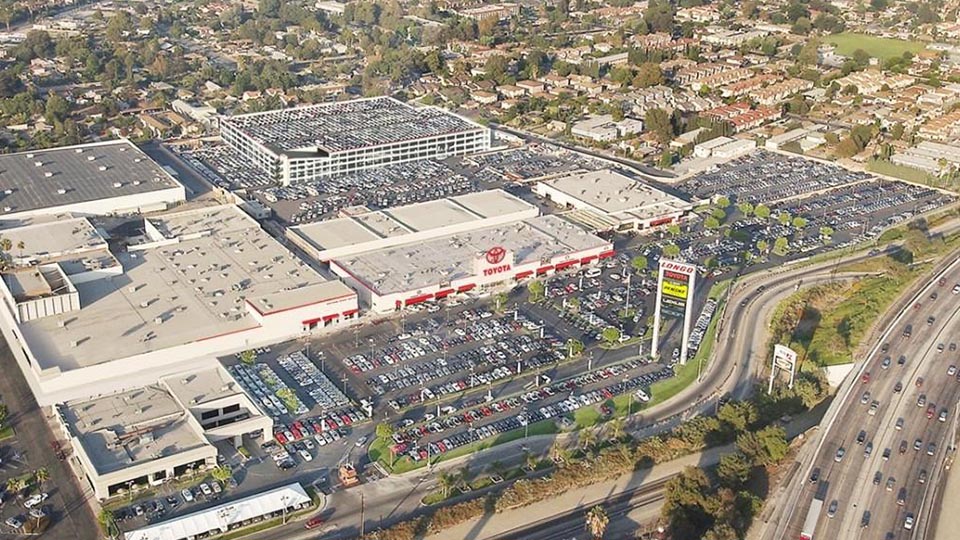
Facility by Longo Toyota – CC BY
A mayor evolving
At least, this was obvious to the incoming mayor Andre Quintero. At the time of his first election in 2009, he never thought improving El Monte would mean including cannabis. Raised by Colombian parents, he quickly absorbed the stigmas and stereotypes surrounding the plant. A criminal prosecutor for over 11 years, Quintero saw cannabis users as criminals and sought to put them away. As mayor, he remained a staunch opponent to cannabis legalization. When we spoke to Quintero, he laughed recalling one conversation he had with the mayor of Coachella in early 2016: “I remember we were on completely opposite sides of the fence when it came to cannabis in our community. I couldn’t imagine being as open as he was.”
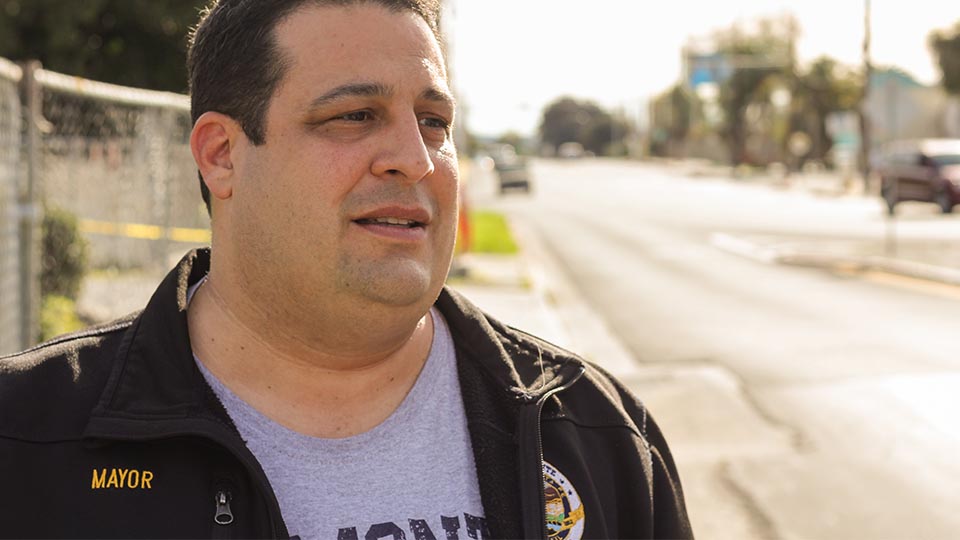
It wasn’t until the November 2016 elections that Andre Quintero reconsidered his position on cannabis. Proposition 64 had not only passed in California but was supported by 54.49% of El Monte’s residents. When Quintero looked at the numbers, his first thought was, “if my community supports legalization, I need to reevaluate my decision on it.”
“If my community supports legalization, I need to reevaluate my decision on it.”
To be an adequate representative to the people who elected him, Quintero decided to re-educate himself about cannabis quick.
Welcoming cannabis (with a few conditions)
Fast forward to this year: on January 1, 2019, El Monte officially began accepting applications for medical marijuana cultivation, manufacturing, and distribution facilities. Even with his dramatic shift in opinion in recent years, Quintero says he’s taken a conservative approach to introducing the cannabis industry into the city. He’ll be the first to admit, “there’s a big brother aspect to it all.” For instance, the El Monte Police Department will have 24/7 access to security cameras in and outside of every manufacturing facility.
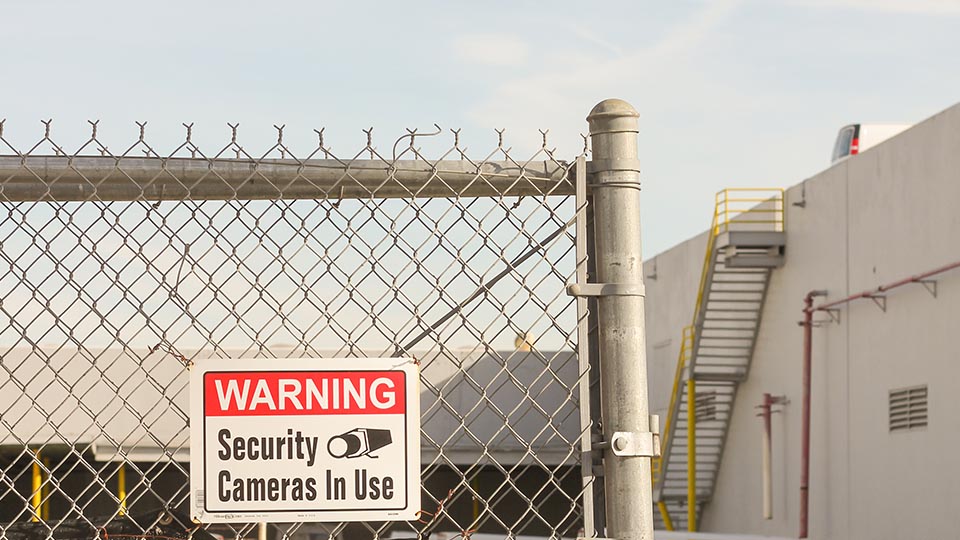
A cash business, cannabis-related facilities will be allowed to have a maximum of 200 dollars on site to curb any possibility of crime. They also must provide a 24/7 contact number for nearby residents and business owners. Of course, each property must adhere to all the strict regulations outlined by California (particularly when it comes to odor control and ventilation) on top of the regulations outlined by the city council. Recreational manufacturing, retail stores, or any customer-facing cannabis facilities are still not permitted in the city. In other words, dispensaries are still outlawed.
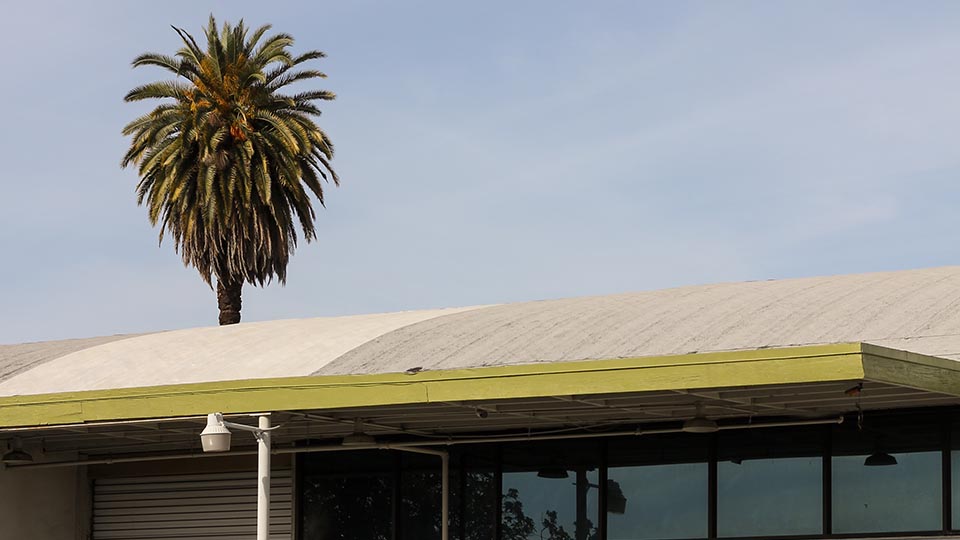
One property at a time
When we met up with Quintero, he was eager to show us his number one reason for taking the leap of faith with cannabis: 4350 Temple Boulevard. The lot used to be a silver and gold plating facility in its heyday but has since been in and out of bankruptcy for over a decade. According to Quintero, “they did some serious damage to the environment and contaminated the soil.” One step onto the property and you see eroded pavement, holes in ceilings, and graffiti everywhere. The dilapidated building sits next to another dilapidated building: two giant eyesores hiding behind a Home Depot.
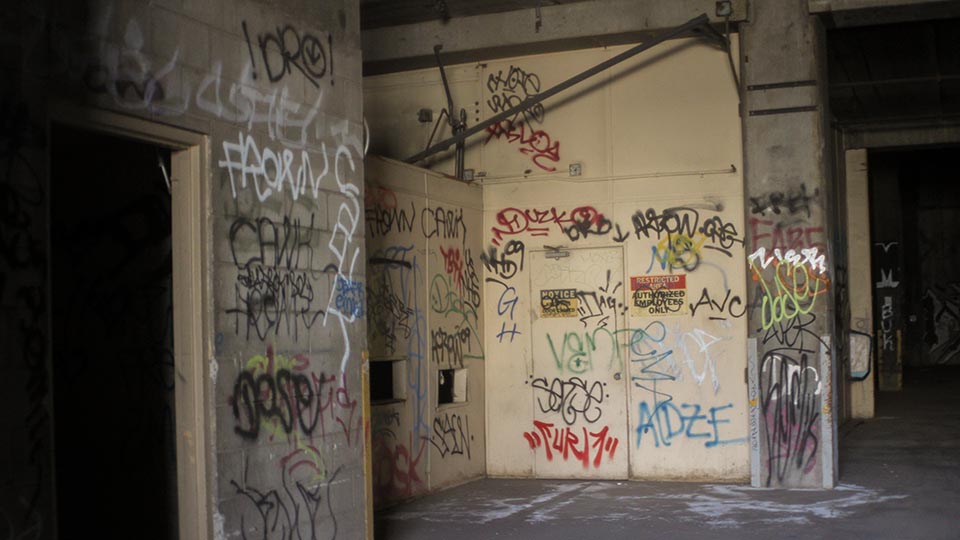
For this property alone Quintero thought, “what industry can I get here that would be willing to spend money to fix up the property, clean it up, and improve the area? I needed an industry that was willing to take the high-risk, high-reward strategy. Sure enough, it was cannabis.”
“I needed an industry that was willing to take the high-risk, high-reward strategy. Sure enough, it was cannabis.”
One property at a time, Quintero hopes welcoming medical marijuana facilities will help “activate the industrial sector again and build thriving local businesses that will pay taxes and clean up the neglected properties.” When he showed us the neighboring property that had recently been taken over by canna-business, Quintero was pleasantly surprised: “it already looks better than the last time I was here.”
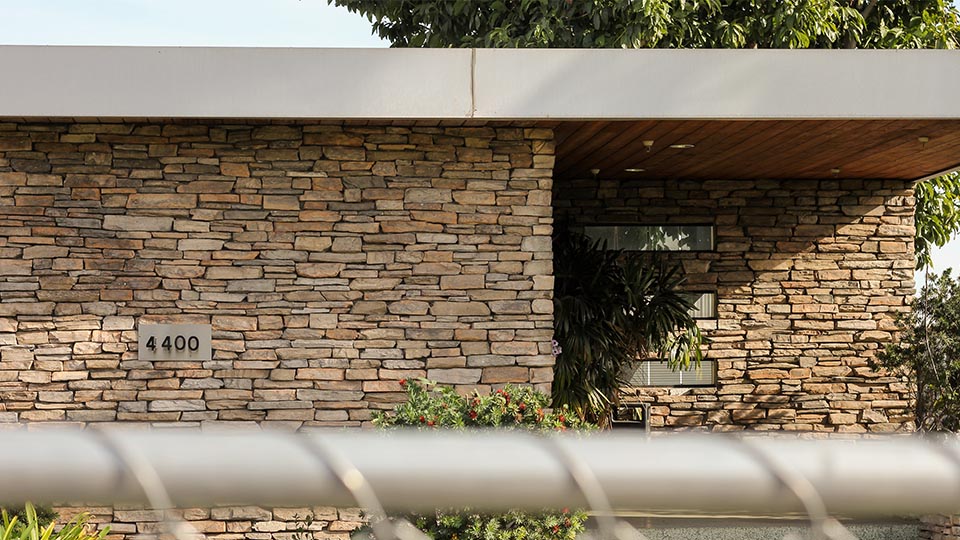
Cannabis and the community
Currently, there are about nine applicants in line to be considered for various properties in the newly designated “Green Zone” of El Monte. In the application, Quintero has incorporated ordinances to ensure the community benefits most from the deal. For example, “part of [the] city ordinance is that applicants should sign a Labor Peace Agreement–so if employees want to unionize, they’ll be able to.” While the city cannot force applicants to agree to terms like these, it does mean a better application score. Since the application acceptance is based on a point-system, agreeing to these terms give your application a better chance of acceptance.
Applicants must also promise to hire residents of the San Gabriel Valley to populate the jobs at their new facility. Since Andre Quintero became mayor, the town has seen 15.5% unemployment drop to 5%, but as he says, “there’s still more work to do.” Quintero is excited about the new employers because “it could mean a lot of new jobs that will pay above minimum wage.” These new jobs will likely look mighty appealing compared to existing opportunities in the area. When we visited 4350 Temple City Boulevard, the property was operating as extra parking space for a nearby Amazon fulfillment warehouse. The starting wage there? 12 dollars an hour.
Quintero is excited about the new employers because “it could mean a lot of new jobs that will pay above minimum wage.”
Another unique aspect of El Monte’s requirements for medical marijuana facilities is a “Community Benefit Fund.” Quintero says applicants must pledge to donate a minimum of $50,000 for community benefit, the funds of which will be allocated by the city council in conjunction with a committee comprised of residents who can push back on the council’s decisions. According to Quintero, “the money could fund drug education awareness programs in the city or help clean up our public parks.” If it were up to him, Quintero would use that money to educate El Monte’s youth on the dangers of consuming any substances underage. If all goes as planned, Quintero says the Community Benefit Fund should result in over $100,000 annually for community benefits.
Misinformation and miseducation
The city council decision to legalize medical marijuana cultivation and manufacturing facilities in El Monte faced staggering backlash and protests. Surprisingly, most of these opponents are not residents of El Monte, but neighboring towns like Temple City. Opponents of the change said they are most worried about endangering children and declining property values. However, Quintero and local pro-cannabis advocates believe the real reasons for opposition are based on outdated stigmas and stereotypes, which are especially strong amongst the conservative Chinese-immigrant community that makes up much of the San Gabriel Valley. According to Quintero, “there is still a lot of ignorance related to marijuana in general. It’s not a chemical; it is a plant with so many incredible properties.”
“there is still a lot of ignorance related to marijuana in general. It’s not a chemical; it is a plant with so many incredible properties.”
To quell safety concerns, Quintero plans to use a portion of the revenue from the new medical marijuana facilities to help fund law enforcement against any black market operations that would result in more crime. According to Quintero, the city of El Monte “seized about 16,000 plants in the last few years, so we’re very conscientious about making sure that for the legal market to function, you have to clamp down on the illegal market.” He is hoping part of the new revenue will go to El Monte’s police force to continue squashing the black market.
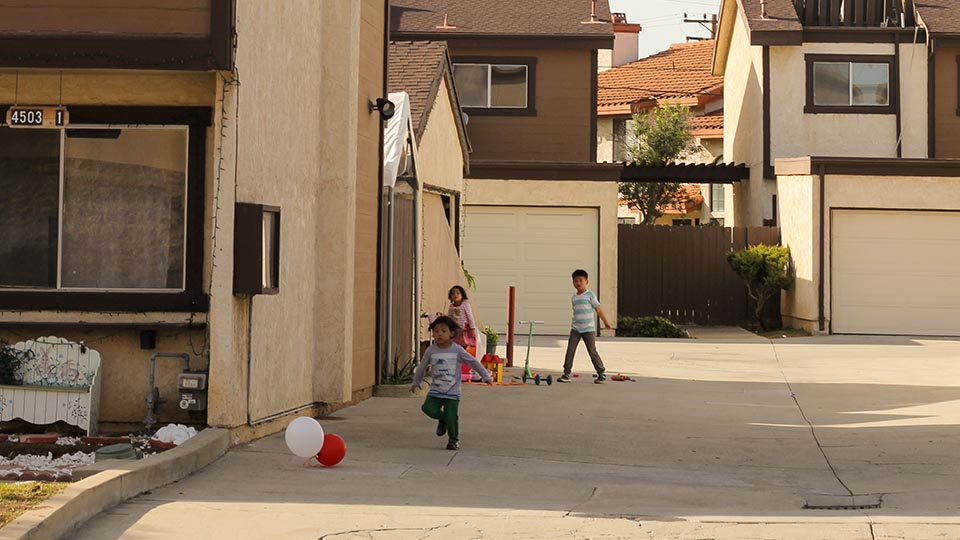
While many are concerned about declining property values, Quintero says this claim is unfounded when you look at the studies on how cannabis affects real estate. In fact, a study conducted for Economic Inquiry in Colorado found the opposite to be true: when cities legalized cannabis businesses, property values went up (in this particular study, the increase was 6%). While there are currently no studies about how the legalization of industrial medical marijuana facilities affect property values, the study on retail stores demonstrates that nearby cannabis is considered a local amenity (not a drawback) for house buyers and real estate agents alike. Regardless, everyone can agree that a functioning facility is better than a bankrupt and decrepit building. The question is if cannabis is not allowed to revive these properties, who will?
Another factor Quintero’s critics refer to is that Quintero himself and other city council members have received numerous political donations from some of the same companies applying for a space in El Monte’s new “Green Zone.” Fitting to his personality, Quintero had a straight-forward response to this: “when you are one of the only officials openly discussing cannabis in the San Gabriel Valley, yeah. You are going to get contributions from cannabis companies who want to be here.” For Quintero, the donations he’s received by developers are inevitable and have no impact on his decision making.
Pushing forward
Despite what his opponents’ claim are significant contributions from cannabis companies, Quintero spent less money on his last campaign than ever before and was still elected to serve El Monte. For this reason alone, he feels confident about moving forward. The facilities are still several months out; once accepted by City Council, applicants still need to obtain state licenses and renovate the building before they begin operations. For Quintero’s opponents, the “war” is far from over.
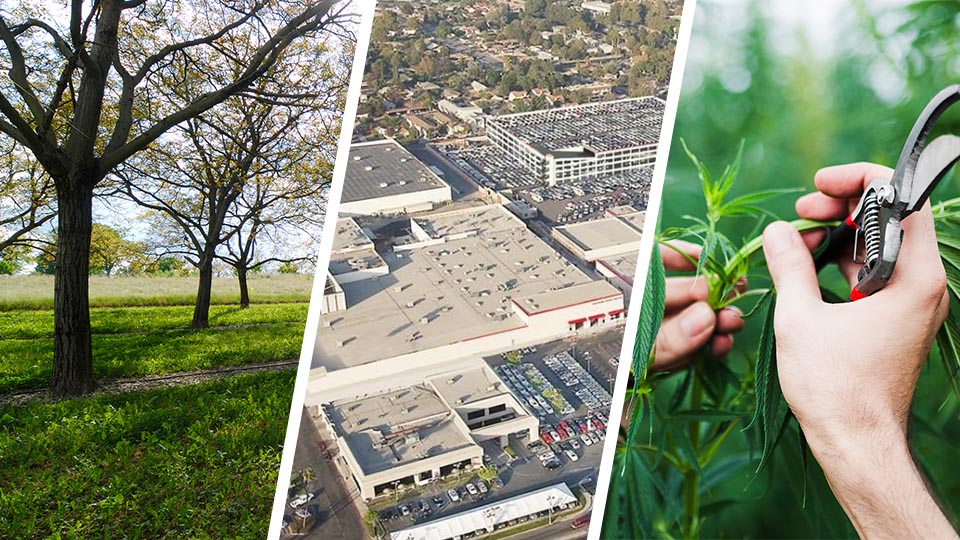
As we finished our conversation with Quintero, he chuckled at how this new industry parallels the history of El Monte: “funny enough, the two sectors that made El Monte thrive (agriculture and industry) are coming back in the form of cannabis.” His vision of revitalization is likely just a seed of what is to come for cannabis in struggling communities. As federal legalization looms, it’s possible that Quintero’s vision could multiply to thousands of cities across the nation, rejuvenating areas abandoned by old industries. After all, if a criminal prosecutor with no affinity for cannabis can change his mind and welcome the new industry, can’t anyone?
